What Are the Key Differences Between Initial and Follow-Up ETI Audits?
In the journey toward ethical trade compliance, businesses often undergo multiple audits to ensure that their practices align with the Ethical Trade Initiative (ETI) standards. These audits can be categorized into initial audits and follow-up audits, each serving a distinct purpose in the compliance process. Understanding the differences between these two types of audits is crucial for companies striving to maintain and improve their ethical practices.
At CDG, we provide comprehensive ETI audit services, guiding businesses through both initial and follow-up audits to help them achieve and sustain compliance. In this blog post, we’ll explore the key differences between initial and follow-up ETI audits, offering insights into how each type of audit contributes to your company’s ethical journey.
Introduction: The Role of Audits in Ethical Trade Compliance
ETI audits are a fundamental part of ensuring that a company’s operations and supply chains adhere to ethical standards. These audits assess a wide range of factors, from labor practices to environmental impact, helping businesses identify areas for improvement and ensure ongoing compliance. While both initial and follow-up audits are essential, they serve different purposes and are conducted at different stages of the compliance process.
1. Understanding Initial ETI Audits
The initial ETI audit is the first comprehensive assessment of a company’s compliance with ETI standards. It is a critical step for any business that is beginning its journey toward ethical trade compliance or that is seeking to reassess its current practices.
1.1. Scope and Focus of Initial Audits
The primary focus of an initial ETI audit is to establish a baseline understanding of the company’s current practices and identify any areas where the business falls short of ETI standards. This audit is often more extensive and detailed than follow-up audits, as it covers all aspects of the company’s operations.
- Comprehensive Assessment: Initial audits evaluate the company’s labor practices, health and safety standards, environmental impact, and management systems. The goal is to provide a thorough overview of the company’s compliance status.
- Identifying Gaps: During the initial audit, auditors identify gaps between the company’s current practices and the ETI Base Code. These gaps are documented, and the company is provided with a detailed report outlining the areas that need improvement.
Example: A garment manufacturer undergoing an initial ETI audit might be assessed on its wage practices, working hours, factory conditions, and environmental policies. The audit may reveal that while the company complies with local labor laws, it does not yet meet ETI’s living wage standards.
1.2. Developing an Action Plan
Following the initial audit, the company receives an audit report that includes a list of non-compliance issues and recommendations for corrective actions. The company is expected to develop an action plan to address these issues, outlining specific steps and timelines for achieving compliance.
- Corrective Actions: The action plan should include detailed corrective actions for each identified issue, along with assigned responsibilities and deadlines.
- Setting Goals: Companies may also set broader compliance goals based on the findings of the initial audit, such as improving worker conditions or reducing environmental impact.
Practical Tip: Use the findings from the initial audit to prioritize the most critical areas of non-compliance. Focus on implementing corrective actions that will have the greatest impact on achieving ETI standards.
2. Understanding Follow-Up ETI Audits
Follow-up ETI audits are conducted after the initial audit to assess the progress made in implementing the recommended corrective actions. These audits are crucial for ensuring that the company remains on track with its compliance efforts.
2.1. Scope and Focus of Follow-Up Audits
The primary focus of follow-up ETI audits is to verify that the company has successfully implemented the corrective actions identified in the initial audit. Unlike the initial audit, follow-up audits are typically more targeted, focusing specifically on the areas that were flagged as non-compliant.
- Targeted Assessment: Follow-up audits revisit the specific areas of non-compliance identified in the initial audit. Auditors assess whether the corrective actions have been effectively implemented and whether they have resulted in improved compliance.
- Continuous Improvement: Follow-up audits also assess the company’s commitment to continuous improvement, ensuring that the business is not just meeting the minimum standards but is also working toward ongoing enhancement of its ethical practices.
Example: If the initial audit of a food processing company identified issues with worker safety, the follow-up audit would specifically assess whether the company has implemented the recommended safety measures, such as providing protective equipment and conducting regular safety training.
2.2. Measuring Progress and Outcomes
One of the key objectives of follow-up audits is to measure the outcomes of the corrective actions. This involves evaluating the effectiveness of the changes made and determining whether they have resulted in sustained compliance.
- Evaluating Effectiveness: Auditors assess whether the corrective actions have effectively addressed the identified issues and whether they have been integrated into the company’s standard operating procedures.
- Identifying New Issues: While the focus is on previously identified issues, follow-up audits may also identify new areas of non-compliance or emerging risks that need to be addressed.
Practical Tip: Prepare for follow-up audits by thoroughly reviewing the corrective actions taken and ensuring that they are fully implemented. Document the progress made and any challenges encountered to provide a clear picture to the auditors.
3. Key Differences Between Initial and Follow-Up ETI Audits
While both initial and follow-up audits are essential for ensuring ETI compliance, they differ in several key aspects, including their scope, objectives, and outcomes.
3.1. Scope and Depth
- Initial Audits: These audits are broad and comprehensive, covering all aspects of the company’s operations. They are designed to provide a baseline assessment and identify all areas of non-compliance.
- Follow-Up Audits: These audits are narrower in scope, focusing specifically on the areas flagged in the initial audit. They are less comprehensive but more targeted in their assessment.
3.2. Objectives and Goals
- Initial Audits: The main objective of the initial audit is to identify gaps and areas for improvement, providing the company with a roadmap for achieving compliance.
- Follow-Up Audits: The primary goal of follow-up audits is to verify the implementation and effectiveness of corrective actions, ensuring that the company is on track with its compliance efforts.
3.3. Outcomes and Reporting
- Initial Audits: The outcome of the initial audit is a detailed report outlining the company’s compliance status, along with recommendations for corrective actions and an action plan.
- Follow-Up Audits: The outcome of follow-up audits is a progress report that assesses the effectiveness of the corrective actions and identifies any remaining or new issues that need to be addressed.
Practical Tip: Approach initial and follow-up audits as complementary processes. Use the findings from the initial audit to inform your action plan, and view follow-up audits as opportunities to demonstrate progress and commitment to continuous improvement.
Leveraging Audits for Long-Term Compliance
Both initial and follow-up ETI audits play crucial roles in a company’s journey toward ethical trade compliance. While the initial audit provides a comprehensive assessment and sets the stage for corrective actions, follow-up audits ensure that these actions are effectively implemented and that the company continues to improve its practices over time.



